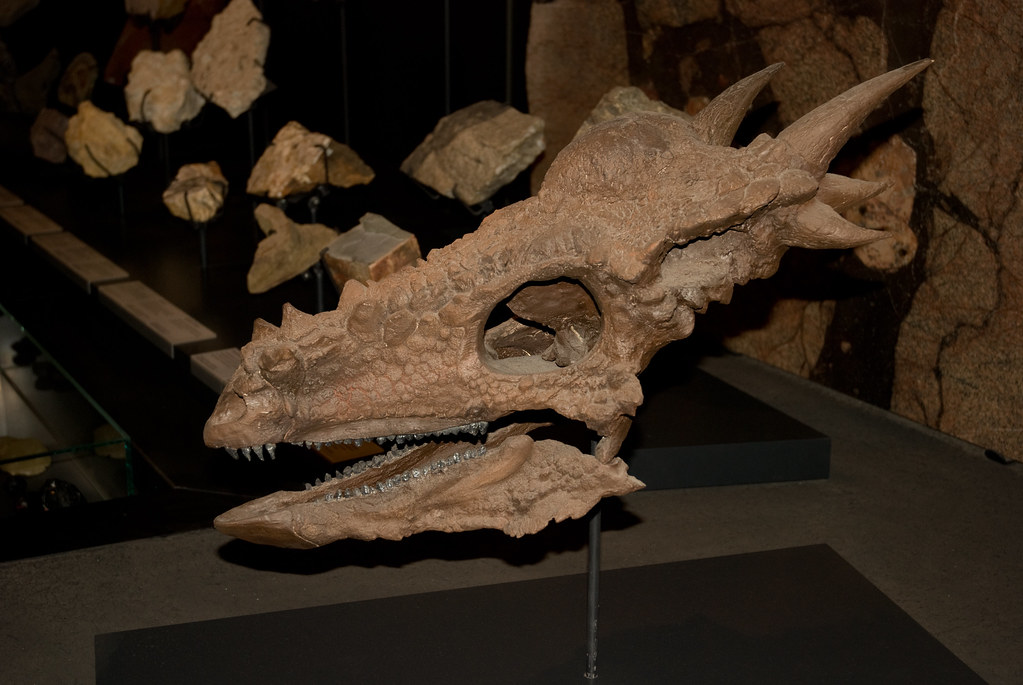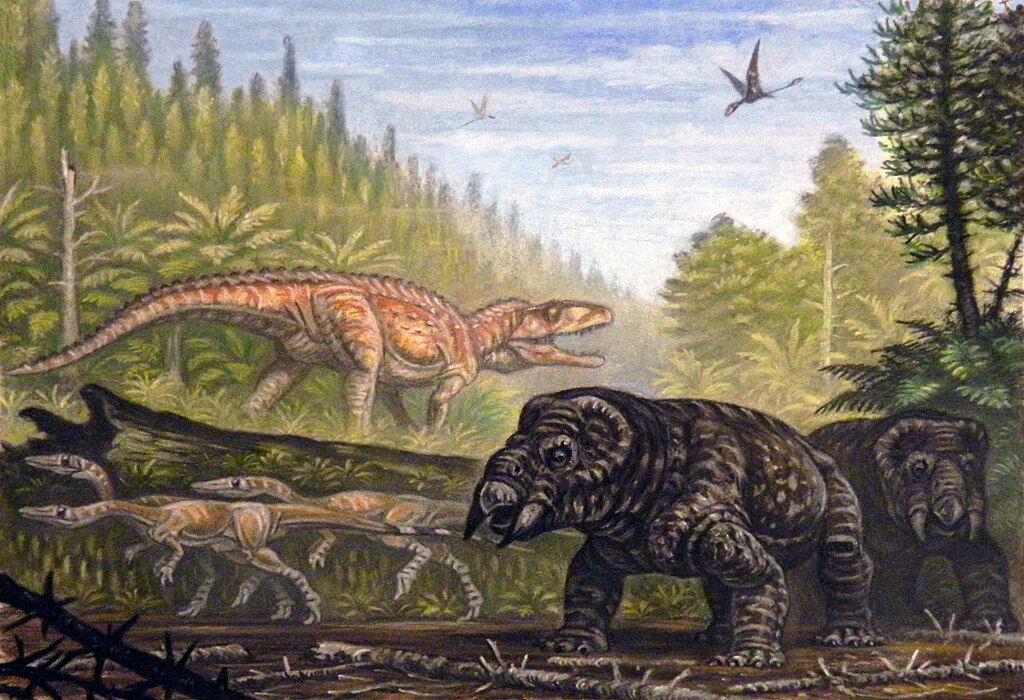When paleontologists crack open rocks and uncover prehistoric treasures, they usually expect broken fragments and partial remains. What they don’t expect are discoveries that flip entire scientific theories upside down. These remarkable skull finds have done exactly that, challenging everything we thought we knew about dinosaur evolution and behavior.
From ancient giants with bowling ball-thick heads to predators with mysterious bite marks, these six discoveries have left researchers speechless. Each one tells a story that rewrites textbooks and sparks heated debates in paleontology labs around the world.
The Dragon of China: Lishulong wangi’s Massive Skull
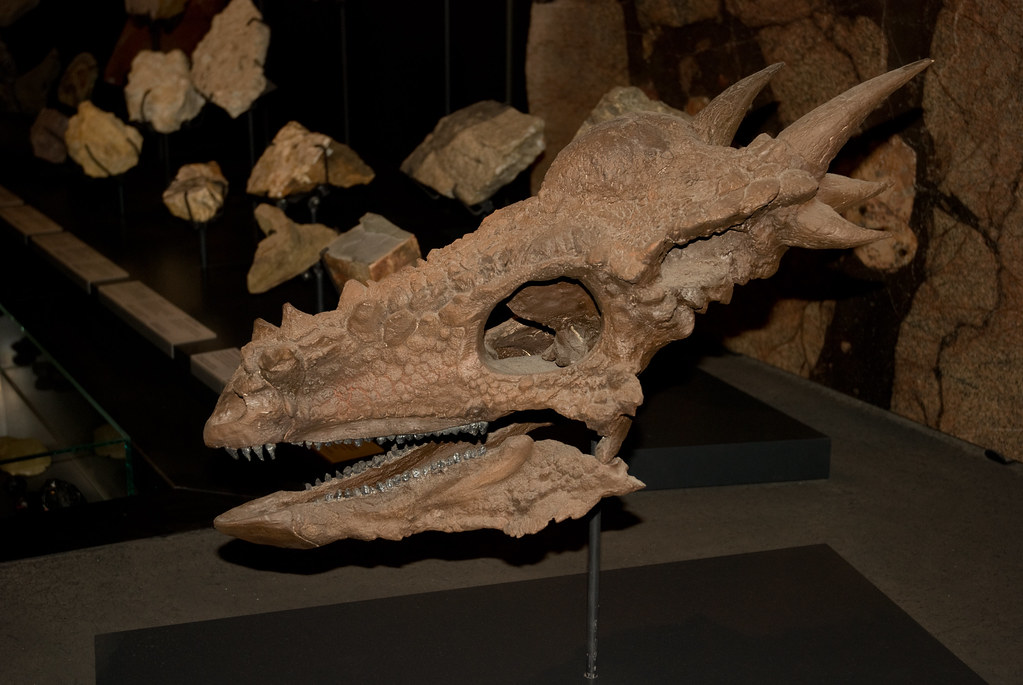
Picture finding a skull so enormous that it belongs to a creature over three stories tall. That’s exactly what happened in China’s Yunnan Province, where scientists discovered an enormous, extremely well preserved dinosaur skull that belongs to a never-before-seen species reaching up to 33 feet in length.
An early sauropod relative was reportedly discovered in the Lufeng Dinosaur National Geopark and dates back to the Early Jurassic period, between 201.3 million to 199.3 million years ago. What wasn’t just its size, but how perfectly preserved it was after lying buried for over 200 million years. The discovery challenged assumptions about how quickly these ancient giants evolved their massive proportions.
The Dome-Headed Time Traveler: Zavacephale’s Complete Mystery
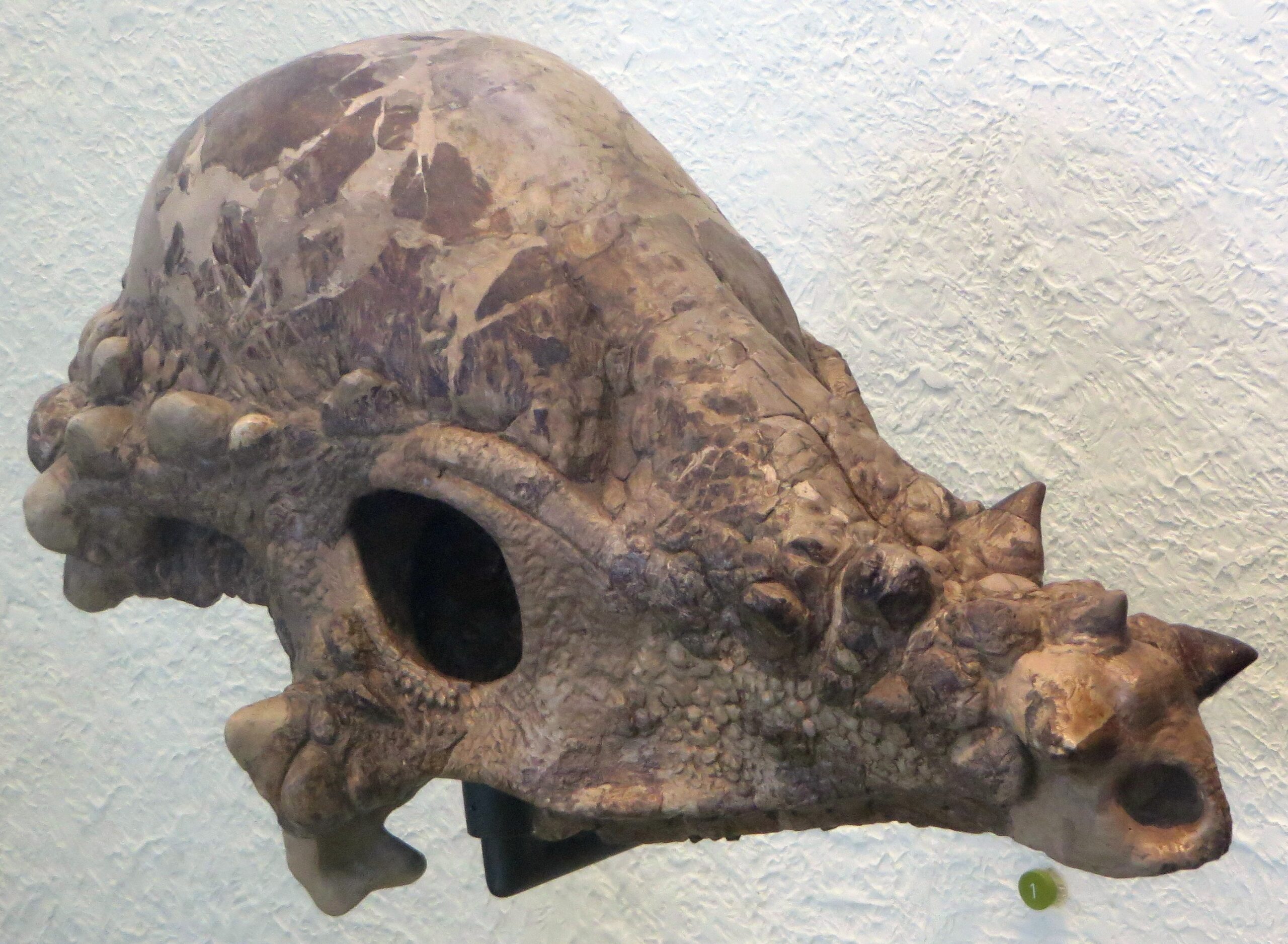
Mongolia’s Gobi Desert yielded something that made paleontologists do a double-take. Scientists discovered a pristine fossil of a previously unknown, dome-headed dinosaur that’s not only the oldest of its kind ever found but also the most complete.
Zavacephale rinpoche, discovered in the Khuren Dukh Formation, dates to the Early Cretaceous period – that’s 14 million years older than the next oldest known pachycephalosaur. It came complete with a tail, hand bones (which were a first for this type of dinosaur), stomach stones, and an undistorted skull, with its adolescent skeleton showing a fully developed dome. This discovery forced scientists to reconsider when these bizarre creatures first developed their signature battering-ram heads.
The European Enigma: Dacentrurus armatus Rewrites History
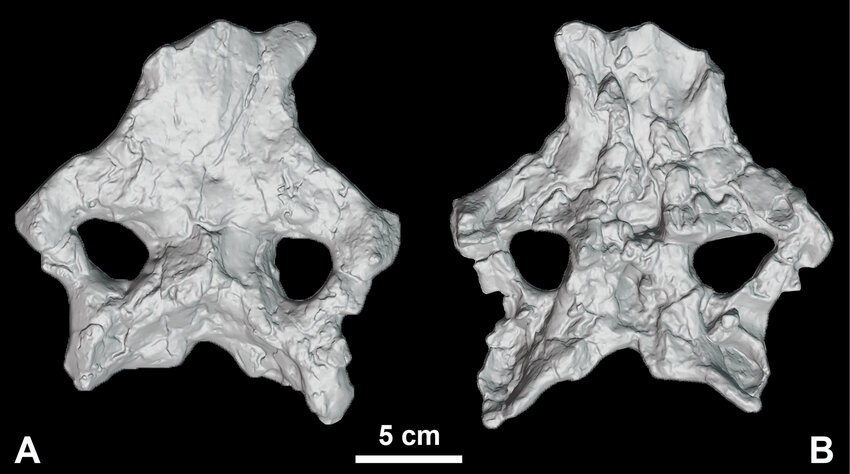
A Spanish crop field held a secret that would shake the paleontology world. Scientists discovered an incredibly well-preserved stegosaur skull belonging to Dacentrurus armatus – the most complete stegosaurian skull ever unearthed in Europe.
The skull was reportedly found at a fossil site in Spain, dating to the Late Jurassic period around 150 million years ago. Finding any dinosaur skull intact is rare since the thin bones tend to disintegrate, and stegosaurs pose an extra challenge because their small heads often separate from the body during burial. Using new skull data, scientists analyzed 30 stegosaur species across 115 traits to map their evolutionary relationships, leading to the proposal of a brand-new clade called Neostegosauria.
The Reaper of Death: Thanatotheristes’ Scarred Skull
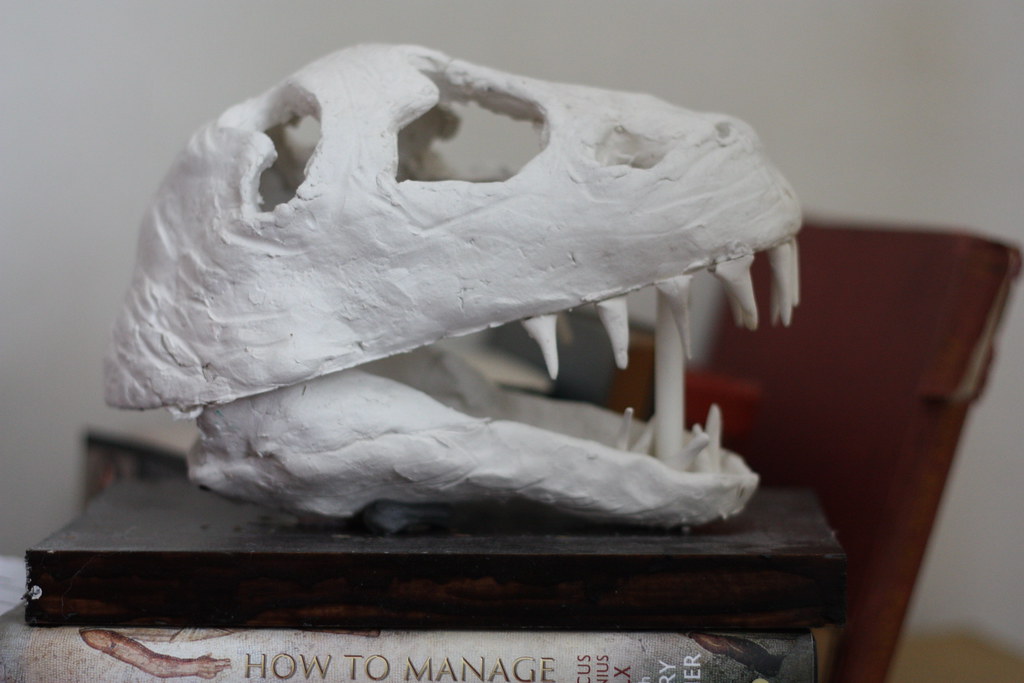
A family hike along Alberta’s Bow River in 2010 led to a bone-chilling discovery. John and Sandra De Groot spotted dinosaur remains on the shore, with parts of the skull and jaws belonging to what would become known as the “reaper of death”.
At 79.5 million years old, Thanatotheristes degrootorum is the oldest known named tyrannosaur from northern North America. What particularly shocked researchers was a whitish scar stretching four inches long along its right upper jaw – evidence of violent encounters with other dinosaurs. The imposing beast had steak-knife-like teeth more than 2.7 inches long and measured about 26 feet from snout to tail.
The False Identity: T. mcraeensis Skull Controversy
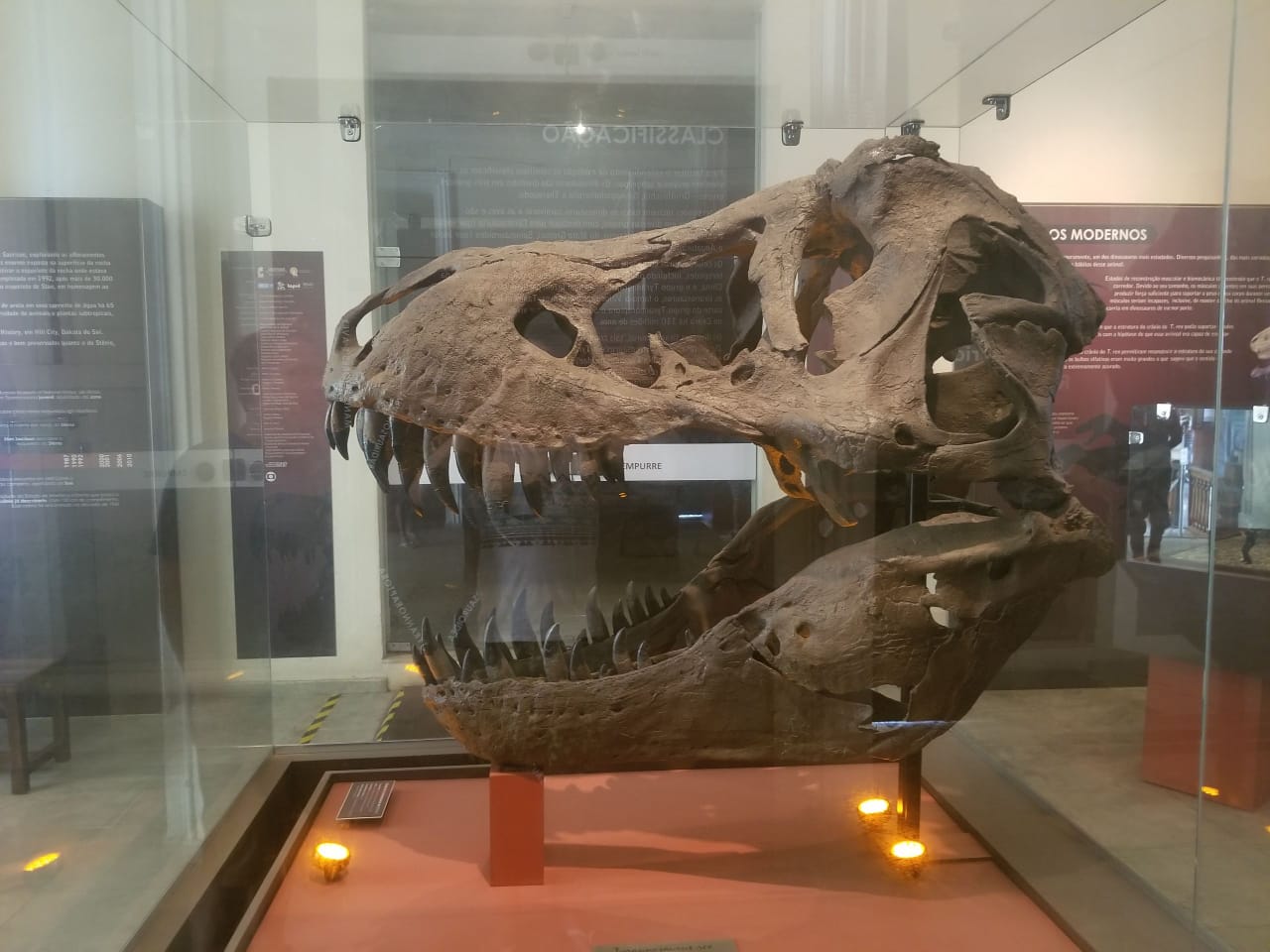
Sometimes the most shocking discoveries challenge the very identity of famous dinosaurs. A dinosaur skull first discovered in the 1980s was originally catalogued as a T. rex, but now scientists argue it represents a new species of tyrannosaur.
The animal appears to have been larger than T. rexes known from other fossils, was discovered in New Mexico rather than the typical Montana locations, and the rock suggests it lived millions of years earlier than T. rex. The skull’s jaw differs dramatically from T. rex – where T. rex has a massive, shorter and deeper jaw, this specimen has a longer, shallower, and thinner jaw. This discovery sparked fierce debates about whether subtle differences justify declaring entirely new species.
The Soft Tissue Shocker: T. rex’s Blood Vessels
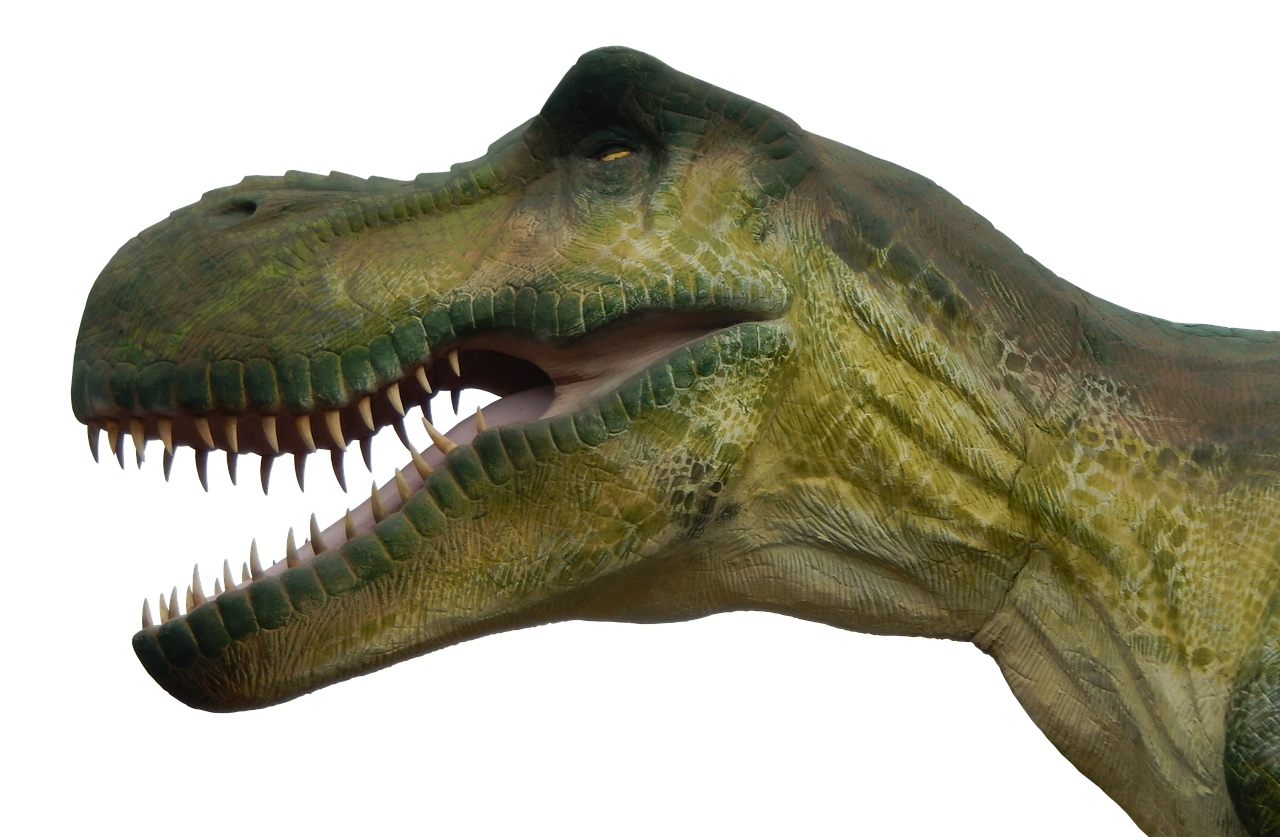
Perhaps the most mind-blowing skull discovery didn’t involve finding a new species, but finding something that shouldn’t exist at all. Mary Schweitzer announced she had discovered blood vessels and structures that looked like whole cells inside a 68-million-year-old T. rex bone – an observation that amazed colleagues who had never imagined that soft dinosaur tissue could survive.
Inside the specimen was a fine network of branching vessels from a female Tyrannosaurus rex, with the blood vessels looking remarkably similar to those of modern ostriches, containing red and round microstructures suspected to be red blood cells. Schweitzer upended conventional wisdom by showing that some rock-hard fossils tens of millions of years old may have remnants of soft tissues hidden in their interiors. This discovery opened entirely new avenues for studying dinosaur physiology and evolution.
Conclusion
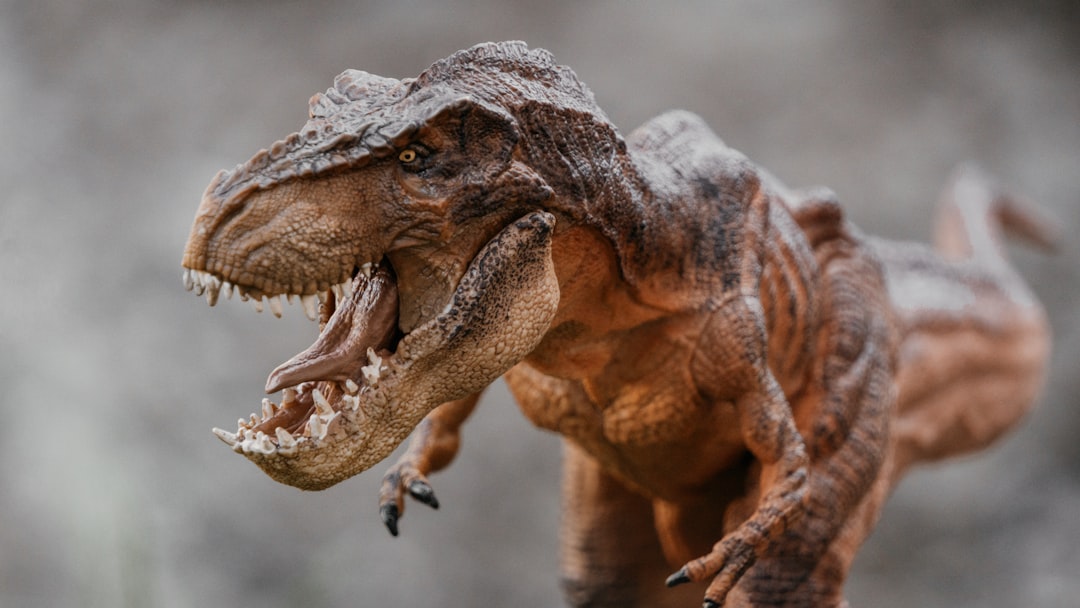
These six skull discoveries prove that paleontology remains one of the most unpredictable sciences. Each fossil tells a story that scientists never saw coming, whether it’s revealing new species, challenging evolutionary timelines, or preserving impossible soft tissues. The next time researchers crack open a rock formation, they might find something that rewrites everything we think we know about these ancient giants.
What do you think about these incredible discoveries? Tell us in the comments.

